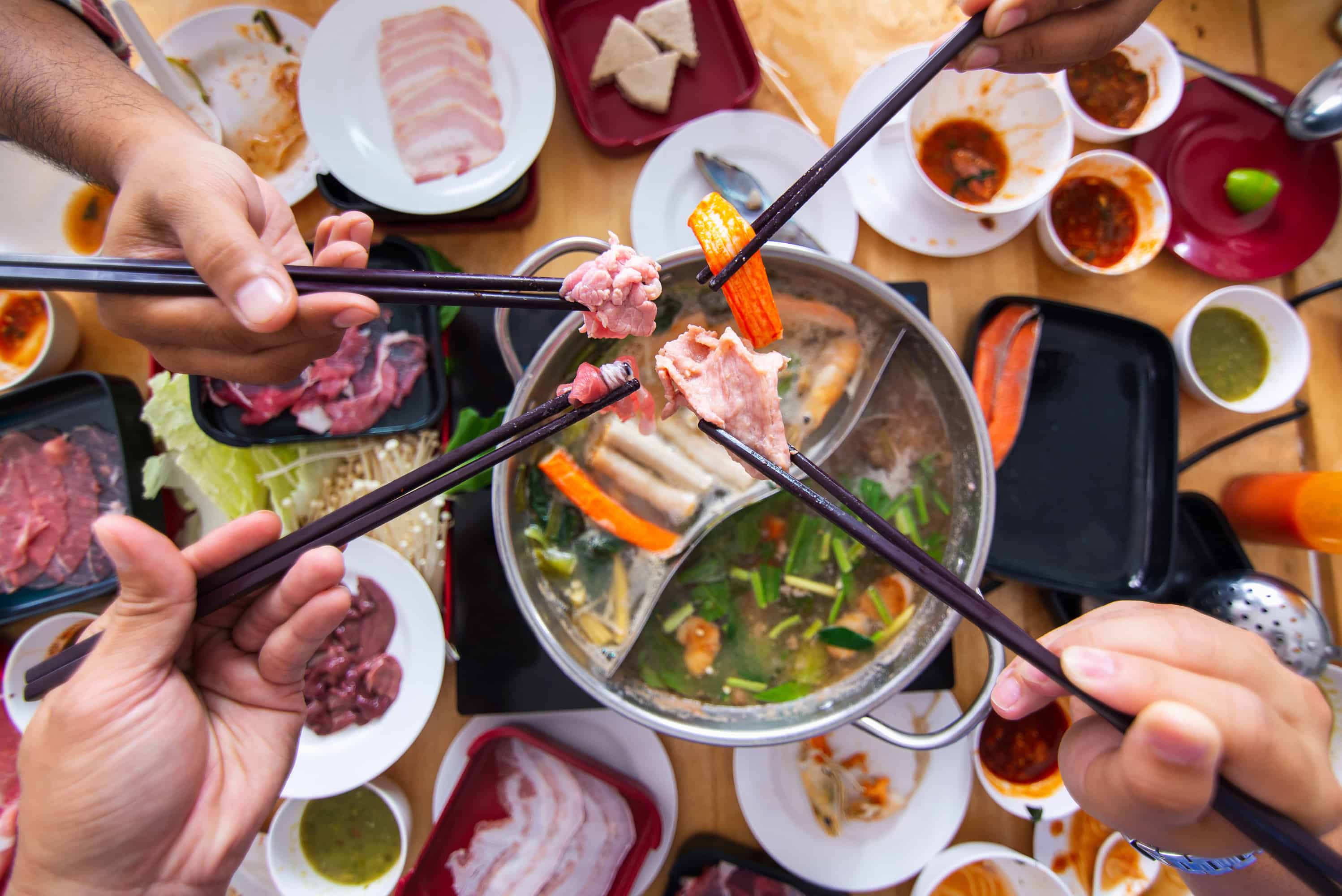Did you know that for most Japanese people, a sushi meal is typically saved for special occasions? The country’s cuisine is wide and varied and goes far beyond raw fish, with various geographical areas adding their own special signature flavors to classic dishes.
Check out this handy guide of must-try culinary staples so that, on your next trip to Japan, you can eat just like a local.
Tempura
These fluffy yet crunchy pieces of lightly battered, deep-fried seafood or vegetables are often served as toppings for udon or soba noodle dishes. They can also be ordered as a side or main dish. Popular varieties of tempura include shrimp (ebi), fish (sakana) and eggplant (nasu).
Yakitori
A chicken kabob seasoned with shio (salt) or flavorful tare (made of soy sauce, sake and sugar), yakitori is prepared over a charcoal grill. The delicious skewers are typically made-to-order at restaurants (including specialty restaurants knowns as yakitori-ya) and food stands.
Ramen
To the uninitiated, the word ramen conjures visions of instant soup packets and budget-minded college students. But in Japan, ramen is a super-delicious noodle soup made with thin wheat noodles and broth, topped with vegetables, meat and spices. This versatile dish is generally categorized by its broth base: shoyu is a brown broth flavored with soy sauce; shio is a light, clear broth seasoned with salt; miso is a dark-brown broth that gets its flavor from soybean paste; and tonkatsu is made with boiled pork bones. Ramen restaurants (ramen-ya) offer the range of options.
Donburi
Almost as ubiquitous as ramen in Japan is donburi, a rice bowl dish topped with fried meats, fish and vegetables. The term donburi is pretty general, so just about any assortment of toppings over rice gets this classification. Common varieties include oyakodon, (made with chicken and egg), katsudon (served with a deep-fried pork cutlet), kaisendon (topped with fresh, usually raw seafood) and tendon (tempura).
Oden
Though the ingredients vary by household, oden is a Japanese soup made with tofu, boiled eggs, fish cakes, daikon (winter radish) and other ingredients simmered in dashi, a broth made with fish flakes. A sort of traditional winter fast food, oden is usually served with dipping sauce and often enjoyed with sake. Travelers can find this warming dish in markets or in restaurants, where the soup is served out of a large hot pot in the center of the table.
Tonkatsu
Crunchy and flavorful, tonkatsu is a pork cutlet that has been coated with panko (bread crumbs) and deep-fried. It is usually served as a meal over cabbage, curry or rice (donburi-style), or used as a sandwich filling. The cooked cutlet is often drizzled with thick, brown, vegetable-based tonkatsu sauce.
Shabu-shabu
For travelers looking for a fun, family-style dining experience, look no further than shabu-shabu. This Japanese hot-pot meal is cooked tableside — the name of the dish comes from the Japanese word for the sound “swish, swish,” because the foods are gently dipped in a pot of dashi broth before eating. The process goes like this: The broth arrives first and is set down on a hot surface to boil. Once it is simmering, patrons are free to customize their meals by dipping thin slices of beef, pork and vegetables into the broth to cook, then topping it with dipping sauces.

